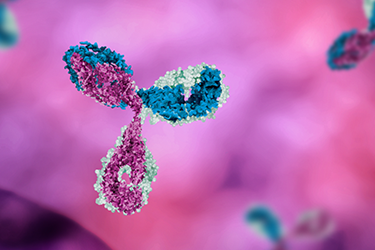The Critical Role Of Cell Culture Media Development And Optimization

Media development and optimization are critical when looking to streamline biotherapeutic process development. Analyzing how cells consume medium components provides valuable information about the health and productivity of the overall production process. Analysis of key media components — such as amino acids, vitamins, and the metabolites produced as a result of cell growth — is beneficial at all stages of process development, including cell line development, media development, and process optimization. This information provides insight not just on media composition and performance, but also on clone selection, optimal harvest time, potential product quality issues, purification strategies, and more.
Producing these diverse therapeutics, requires that various cells be used based on the specific application. Since various cells have different requirements, the medium used to culture them must be designed for optimal growth and/or productivity of each cell type. When the composition of the cell culture medium does not match the cells’ requirements manufacturing productivity and product quality attributes can suffer. Therefore, medium must be developed and optimized for each cell type and cell clone.
In this article we will look at the different media requirements and optimization strategies for three types of biologics: protein-based biologics, cell therapies, and gene therapies.
Get unlimited access to:
Enter your credentials below to log in. Not yet a member of Bioprocess Online? Subscribe today.
